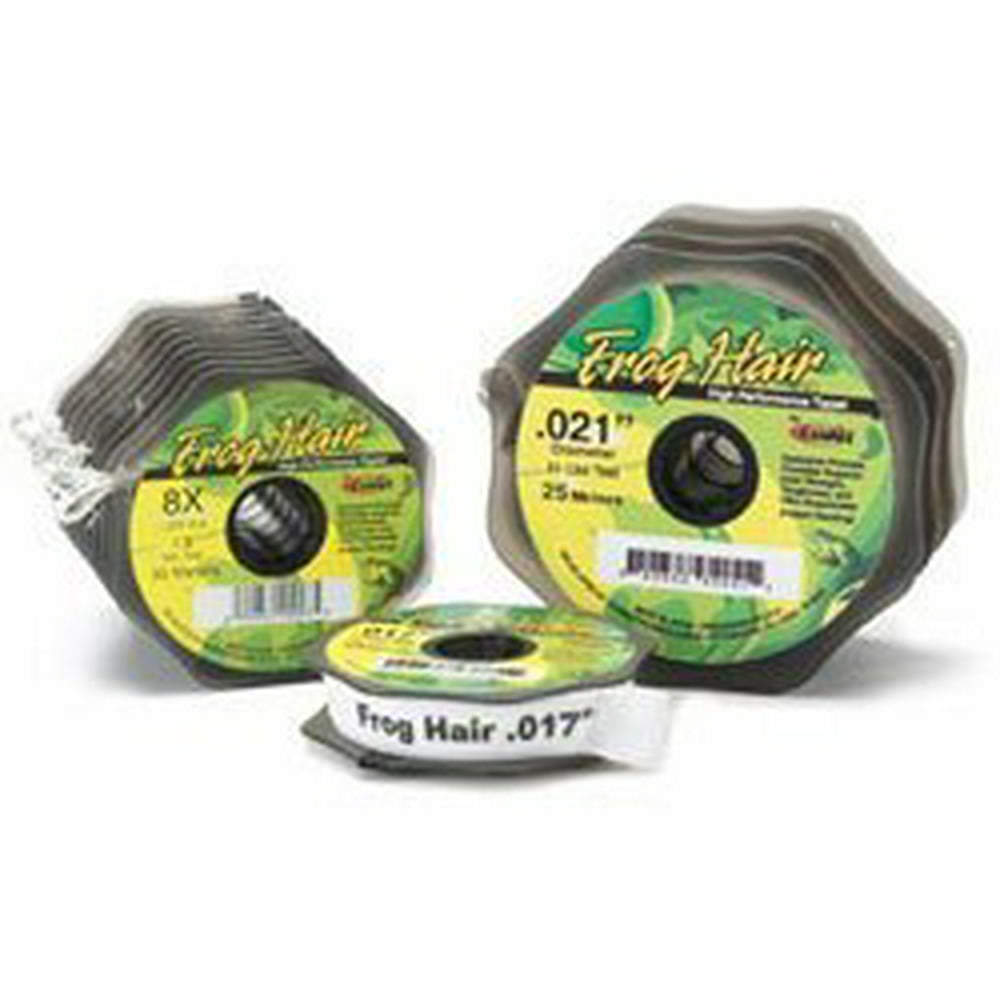Leader Material For Fly Fishing

Leader Material for Fly Fishing: A Comprehensive Guide
What is Leader Material?
Leader material is an essential part of any successful fly fishing trip. The leader material is the section of the fishing line that connects the main line to the fly. Leader material is made up of a series of strands of a material, usually monofilament, that is designed to be strong yet flexible and able to cast the fly accurately and delicately. Leader material is available in many different sizes and strengths and can be used to match a variety of different fishing conditions and species of fish. Leader material is generally used to provide a shock absorber between the main line and the fly, allowing the fly to be presented more delicately to the fish. It is also used to help protect the main line from abrasion when casting and retrieving the fly.
Types of Leader Material
There are two main types of leader material available; fluorocarbon and monofilament. Fluorocarbon leader material is a relatively modern material and is much more dense than monofilament. This makes it much more invisible to fish and helps to reduce the chances of spooking them when casting. Fluorocarbon also has less memory than monofilament, which makes it easier to cast accurately. Monofilament leader material is a much older material and is generally more affordable than fluorocarbon. Monofilament is more visible to fish and has more memory, making it harder to cast accurately. Monofilament is also not as strong as fluorocarbon.
Choosing the Right Leader Material
When choosing leader material for fly fishing, it is important to consider the type of water you are fishing in and the species of fish you are targeting. If you are fishing in clear water, then fluorocarbon is a good choice as it is much more invisible to the fish. If you are fishing in murky water, then monofilament is a better option as its visibility is not as important. It is also important to consider the type of fly you are using and the size of the fish you are targeting. The heavier the fly and the bigger the fish, the thicker and stronger the leader material should be. It is also important to consider the type of casting you are doing, as some leader materials are better suited to certain types of casts.
Knots for Leader Material
When attaching the leader material to the main line, it is important to use the right knots. The most common knots used are the Improved Clinch Knot, the Surgeon's Knot and the Double Surgeon's Knot. The Improved Clinch Knot is the most common knot used and is suitable for most leader materials. The Surgeon's Knot is a bit more complicated but is more suitable for thicker leader materials. The Double Surgeon's Knot is the strongest knot and is suitable for attaching leader material to a braided main line.
Caring for Leader Material
When storing leader material, it is important to keep it away from direct sunlight and heat. Leader material that has been exposed to the sun for too long can become brittle and can break easily when casting or retrieving a fly. It is also important to regularly check the leader material for abrasions, nicks and knots. Any abrasions, nicks or knots should be trimmed away as they can weaken the leader material and cause it to break.
Conclusion
Leader material is an essential part of any successful fly fishing trip. Choosing the right leader material is essential to ensure that the fly is presented delicately to the fish and that the main line is not damaged. There are two main types of leader material; fluorocarbon and monofilament. It is important to consider the type of water you are fishing in, the species of fish you are targeting and the type of cast you are doing when choosing the right leader material. It is also important to use the right knots when attaching the leader material to the main line and to store the leader material away from direct sunlight and heat.